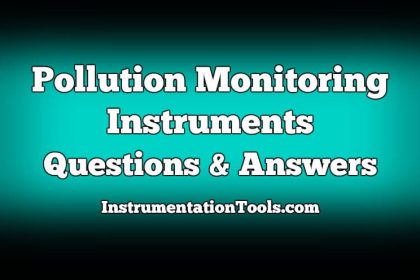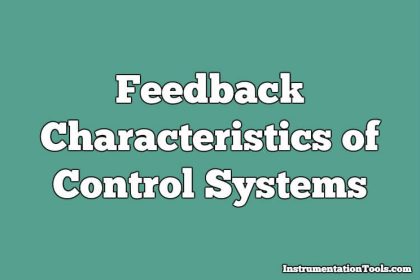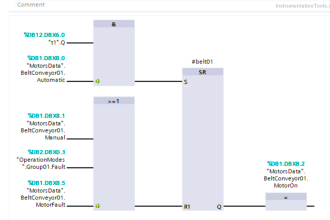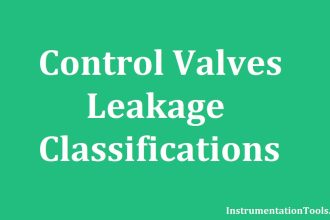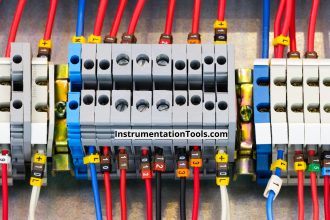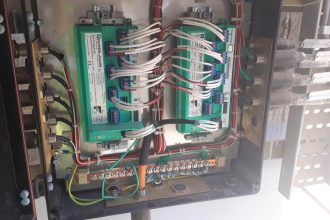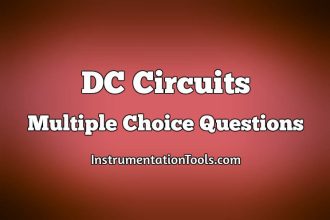Root Locus in Control Systems MCQ
1. Consider the loop transfer function K(s+6)/(s+3)(s+5) In the root locus diagram the centroid will be located at:
a) -4
b) -1
c) -2
d) -3
Answer: c
Explanation: Centroid =Sum of real part of open loop pole-sum of real part of open loop zeros/P-Z.
2. Which one of the following applications software’s is used to obtain an accurate root locus for?
a) LISP
b) MATLAB
c) dBase
d) Oracle
Answer: b
Explanation: MATLAB stands for mathematics laboratory in which the input is in the form of the matrix and is the best software for drawing root locus.
3. Which one of the following is not the property of root loci?
a) The root locus is symmetrical about imaginary axis
b) They start from the open loop poles and terminate at the open loop zeroes
c) The breakaway points are determined from dK/ds = 0
d) Segments of the real axis are the part of the root locus if and only is the total number of real poles and zeroes to their right is odd.
Answer: a
Explanation: The root locus is the locus traced due to the gain of the system with changing frequency and need not be symmetrical about origin.
4. The breakaway point calculated mathematically must always lie on the root locus.
a) True
b) False
Answer: a
Explanation: The breakaway point of the two branches of the root locus is the point where the two branches either meet or they break and may or may not always lie on the root locus.
5. What is the number of the root locus segments which do not terminate on zeroes?
a) The number of poles
b) The number of zeroes
c) The difference between the number of poles and zeroes
d) The sum of the number of poles and the number of the zeroes
Answer: c
Explanation: The number of the root locus segments which do not lie on the root locus is the difference between the number of the poles and zeroes.
6. Which one of the following are correct?
The root locus is the path of the roots of the characteristic equation traced out in the s-plane?
a) As the input of the system is changed
b) As the output of the system is changed
c) As a system parameter is changed
d) As the sensitivity is changed
Answer: c
Explanation: The root locus is the locus of the change of the system parameters of the characteristic equation traced out in the s-plane.
7. If the gain of the system is reduced to a zero value, the roots of the system in the s-plane,
a) Coincide with zero
b) Move away from zero
c) Move away from poles
d) Coincide with the poles
Answer: d
Explanation: The roots of the system in s plane coincides with the poles if the gain of the system is reduced to a value zero.
8. The addition of open loop zero pulls the root loci towards:
a) The left and therefore system becomes more stable
b) The right and therefore system becomes unstable
c) Imaginary axis and therefore system becomes marginally stable
d) The left and therefore system becomes unstable
Answer: a
Explanation: The system can become stable by reducing the damping and also by adding zeroes in the s plane and moving left of the s plane system becomes more stable.
9. If root loci plots of a particular control system do not intersect the imaginary axis at any point, then the gain margin of the system will be:
a) 0
b) 0.707
c) 1
d) Infinite
Answer: d
Explanation: The gain margin is the inverse of the intersection of the root loci plot to the imaginary axis and if it does not intersect then the gain margin will be infinite.
10. When the number of poles is equal to the number of zeroes, how many branches of root locus tends towards infinity?
a) 1
b) 2
c) 0
d) Equal to number of zeroes
Answer: c
Explanation: Branches of the root locus is equal to the number of poles or zeroes which ever is greater and tends toward infinity when poles or zeroes are unequal.





